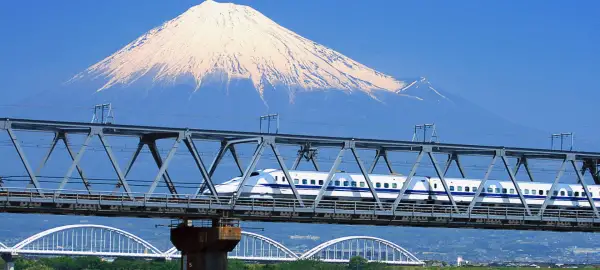Tourcode: JP1
- Overview
- Info & Inclusions
- Itinerary
- Map & Hotels
- Photos
- Dates & Prices
- Max Group Size 18
- 'Experiential' Tokyo sightseeing
- Bullet Train to Hakone
- Hakone Outdoor Museum
- Historic Takayama
- Kyoto: Temples & shrines
- Hiroshima: Peace Memorial Park
- Singles friendly (view options for single travellers)
Our Japan by Rail tour visits the central wholesale market, which is the largest in the world, and the beautiful Imperial Palace, complete with its mazes of moats, bridges, cul-de-sacs, parks and gardens.
In Kamakura, slightly south of the capital, we find grand monuments, shrines and temples nestled snugly amid wooded hillsides and it is here that we can gaze upon the bewitching spectacle of the statue of the Great Buddha, the second-largest bronze image in the country.
Come morning, we take to the tracks on the 'bullet train', bound for the forested mountains, deep glens and picturesque ravines of the Hakone region, where we can opt to enjoy stunning vistas from a cable car up Mount Fuji.
Our rail experience continues on to Takayama, a region whose geographic features have resulted the unique cultural evolution of its inhabitants, and on through the scenic Hida River Valley.
In Kyoto, we see the 1,001 life-size statues of the Buddhist teacher Kannon; in Nara, we get a taste of the pervading air of spirituality and mysticism that envelops the area; and in Hiroshima, we visit the Peace Memorial Park and enjoy the sights and sounds of a bustling city that overcame the devastation of five decades ago to become the most vital city of San-Yo.
- Services of a full-time Tour Leader with local guide support.
- Hotel breakfast and most dinners (mostly at local restaurants) are included daily.
- All transport, accommodation, sightseeing and entrance fees for sites noted as 'visited' in the detailed itinerary.
- We include luggage forwarding services on one train journey (as per the tour itinerary)
- This service may be available elsewhere with your Tour Leader's assistance (payment can be made locally).
- Gratuities for restaurant staff, porters (when available), drivers, local guides.
- International airfare to/from the tour.
- Tour Leader gratuities, lunches, drinks, international (if applicable) air taxes, and any excursions referenced as 'optional'. Items of a personal nature.
- Optional trip cancellation insurance (please refer to "Resources" tab for more info).
- PLEASE NOTE that at variance with our common policy on airport transfers for most tour arrival points, we do NOT include or pre-book arrival airport transfers in Tokyo, regardless of whether or not you book your air with us. We provide detailed information on your various options as part of your pre-trip information package. We will, however, include departure transfers for "Land & Air" customers at the end of the tour (your Tour Leader will assist).
- Seasonality and Weather:
Our spring tours can expect cool-warm temperatures with moderate humidity. April dates can expect daytime high temperatures of about 18-23 C (66-72 F), with chilly mornings and evenings. May will be a bit warmer, with highs to 26-28C (77-82 F) depending on daily conditions and location.
Our March/April date is also set to coincide with cherry blossom season (exact timing and location is reliant on weather conditions and can vary year to year).
Our fall dates coincide with the beginning of the cooler and drier time of year and should coincide with autumn leaf colour in some locations, as well as chrysanthemum season, which can be quite festive in some locales.
Rain showers can occur at any time, though their likelihood decreases the later we get into the fall which is a cooler/drier time of year. - Transport and Travel Conditions:
Our primary means of transportation throughout Japan is via the very efficient rail system, including the famous Shinkansen, or Bullet Train. Distances are not great and most journeys are only a few hours duration. A combination of buses and taxis will be used elsewhere as part of our local sightseeing program.
TRAIN TRAVEL: The tour is physical in that it is busy and because we rely heavily on train travel. We include baggage forwarding for the group on one occasion (Tokyo to Hakone) as it makes the most sense logistically. After this point, there is usually the option to have your bags sent ahead again, to be reunited with your bag toward the end of the following day (you will need to carry an overnight bag). As many travellers prefer to manage with their own bags, we leave the cost of forwarding to the individual, which is usually in the range of $20-25 per bag depending on bag dimensions (not by weight). Should you choose to use this service elsewhere while on tour, please confer with your Tour Leader who will make the arrangements for which you can pay locally.
If you prefer to manage with your own bags, please note that Japanese stations can be large and crowded and may not have escalators or elevators. You must pack lightly, preferably in wheeled soft-sided baggage, plus a day-bag that you can fit into the overhead luggage compartments on the trains.
You must also be steady on your feet and be able to endure some heat and long days. We have numerous walking tours and visit several sites that are LARGE with steps and uneven surfaces.
A Note on Dining in Japan:
Experiencing Japanese cuisine is an essential and memorable part of our journey. Most of our dinners are thoughtfully planned in advance to showcase regional specialties and local culinary traditions. Seafood, both cooked and raw, is a central element of Japanese food culture, and it features prominently in many dishes.
While we do our best to accommodate major (medical) dietary restrictions, it's important to understand that avoiding seafood entirely can make dining out more limited, especially in traditional settings or remote regions. Our dinners are typically served as set courses, prepared fresh for us based on advance reservations. This makes it difficult to adjust individual dishes on the spot, especially when it comes to dislikes or preferences. Substitutions are not always possible.
Though we cannot tailor every meal to individual preferences, we aim to provide a rich and authentic culinary experience for everyone. If you have specific medical or religious dietary restrictions, please let us know well in advance so we can explore possible options.
We appreciate your flexibility and spirit of adventure as we explore Japan not only through its sights but also through its rich and unique culinary traditions. If you are strictly a "meat-and-potatoes" person, do not eat seafood, or adhere to a strict vegetarian/vegan/gluten-free etc diet, you may find your needs/preferences significantly challenged on this tour.
Am I suitable for this tour? Please refer to our self-assessment form - Activity Level: 2
These are particularly busy tours that feature a lot of moving around, sometimes by train and short journeys on local transport. Walking tours of towns and cities are leisurely but you should be prepared to be on your feet for several hours. Some of our cultural trips that occur at high altitude and/or require greater independence with baggage handling (at hotels, airports, train stations) also fall into this category.
To learn more about the Activity levels, please visit our tour styles page. - Accommodation:
All hotels are centrally-located, air-conditioned, 3-4 star standard with private bath facilities. We spend one night at a traditional Ryokan (in Hakone), which features tatami rooms and futon bedding. Laundry service is available at most hotels (except Hakone) for a rather high price. All hotel rooms are well equipped and usually include coffee/tea making facilities. Most hotels have hairdryers and irons. Some hotels have indoor/outdoor swimming pools.
Single rooms are limited and possibly smaller than twins.
Porters are generally available (see 'Inclusions'). - Staff and Support:
Tour Leader throughout, local guides at various locations. - Group Size:
Maximum 18 plus Tour Leader
- Day 1:Arrival in TokyoToday we arrive in Tokyo and transfer to our hotel.
Tokyo is Japan's capital and the country's largest city. Prior to 1868, Tokyo was known as Edo. A small castle town in the 16th century, Edo became Japan's political center in 1603 when Tokugawa Ieyasu established his feudal government there. A few decades later, Edo had grown into one of the world's most populous cities.
PLEASE NOTE: Due to Japan Rail procedures related to your passes used for the tour, it is important that you arrive no later than "Day 1", the published start date of your tour.
Overnight in Tokyo.
Included Meal(s): Dinner, if required - Day 2:Tokyo: City TouringMorning breaks over a city of 14 million souls, and we begin exploring Tokyo's remarkable layers—from sacred forests to imperial gardens, from traditional department store rituals to the world's finest collection of Japanese art.
Our first sanctuary is Meiji Shrine, where passage through the massive torii gate transports us from urban chaos into tranquil forest. The 100,000 trees surrounding this sacred space were donated from across Japan during the shrine's construction—a living symbol of national unity. Here, the city's roar gives way to whispered prayers and the rustle of ancient leaves.
We continue to the East Gardens of the Imperial Palace, built upon the foundations of Edo-jo Castle. For 265 years, this impregnable fortress housed the Tokugawa Shogunate behind walls thick enough for six samurai to walk abreast. Though Allied bombing destroyed the original structures, the site retains its regal dignity. We'll enjoy our picnic lunch surrounded by meticulously maintained gardens that once witnessed the rise and fall of shoguns.
At one of Tokyo's venerable department stores—evolved from Edo-period kimono shops—we witness Japan's sophisticated gift-giving culture. These rituals trace back to pilgrimages when fortunate travellers brought omiyage (souvenirs) home to their villages. Today's elaborate presentations reflect social hierarchies where the ceremony matters more than the gift itself.
Our day culminates at the National Museum in Ueno Park, housing Japan's finest artistic treasures—scroll paintings, samurai armour, and delicate ceramics that whisper stories of emperors and artisans across millennia.
Overnight in Tokyo.
Included Meal(s): Breakfast and Dinner - Day 3:Tokyo: Sushi Making ClassThis morning we take a fascinating dive into Japanese seafood cuisine during a 3-hour tour of a local fish
We meet up with our guide in the hotel lobby and then make our way to the fish market, a temple to all things seafood for an in-depth shopping session including plenty of time for photography and exploration. As you wander the aisles of this colourful and chaotic market, you’ll observe everything from giant tuna to sea urchins to octopus arranged for sale.
We'll then proceed with our guide to the gourmet cooking studio of one of Asia's largest culinary schools, boasting more than 150 studios throughout the region. Following the instruction of an experienced cooking teacher, we'll learn to prepare two 'washoku' recipes, a style of Japanese cuisine emphasizing traditional and homemade techniques. This typically includes miso soup and four kinds of sushi, plus side dishes. This will be an excellent and fun introduction to Japanese cuisine, definitely a highlight of any trip to Japan.
We finish our session by digging into our tasty creations for lunch. We'll leave with full stomachs and a new-found appreciation for the wondrous world of Japanese cuisine and its top-notch ingredients.
Because of our late/filling lunch and full day tomorrow, and because you may be planning an evening activity before we leave Tokyo, we will leave dinner on your own account tonight. Your Tour Leader can help you plan.
Tomorrow our large luggage is transported to Takayam for us -- please pack an OVERNIGHT BAG for ONE NIGHT. Your larger bags (one per person) will be shipped ahead to Takayama, and you will need to pack an overnight bag to carry with you for the the one overnight in Hakone. Your Tour Leader will advise in advance re recommended items to have with you for the next two days.
Overnight in Tokyo.
Included Meal(s): Breakfast and Lunch - Day 4:Tokyo - Lake Ashi - HakoneThis morning we take a short metro (train) ride* to Tokyo Station, then transfer to Odawara Station by bullet train where we connect with our private coach towards Lake Ashi near Hakone. Shortly after we leave the station, we'll make a brief stop to see Odawara Castle (exterior visit only).
Wedged between Mt Fuji and the Izu Peninsula, Hakone is a large region encircled by several forested mountains with a beauty accented by deep glens and ravines. In the feudal era, Hakone was a very important checkpoint that safeguarded the security of Edo (now Tokyo) as the seat of the Shogunate. This onsen (hotspring) area has been popular since the 1500s, when Hideyoshi Toyotomi came here to relax in an open-air bath after the hard fought Battle of Odawara.
From the castle town of Odawara we board a bus that takes us into the National Park. We then board a lake cruiser on Lake Ashi for scenic views of the surrounding mountains. Weather permitting, we can enjoy views of Mt Fuji. One of the highlights today will be our visit to the Hakone Outdoor Museum, or Chokoku-no-mori, a beautiful park filled with sculptures by renowned Japanese and international artists such as Rodin, Bourdelle, Moore, Zadkine, and Picasso.
Tonight we will enjoy a Keiseki-type meal at our ryokan-style hotel. Originally this type of dining was to accompany tea ceremony and is a feast for both the eyes and the taste buds. You can feel free to wear your "yukata" (bathrobe - provided by the hotel) to the dining room as many of the Japanese do when they stay in ryokan, a perfectly wonderful place to relax after leaving busy Tokyo behind.
* OUR LUGGAGE will be sent ahead to Takayama for us -- please pack an overight bag for today/this evening/tomorrow (the cost of this is included in your tour). Our luggage will be waiting for us tomorrow afternoon. Please note that this service is also available elsewhere; your Tour Leader can advise/assist and payment can be made directly.
Overnight in Hakone.
Included Meal(s): Breakfast and Dinner - Day 5:Hakone - Train to TakayamaToday we travel by Shinkansen (Bullet Train) to Takayama (+/- 4 hours).
The region known as Hida, which surrounds Takayama, was cut off from the rest of Japan by almost impregnable encircling mountains. Hida lacked good farmland, which made taxpaying from an agricultural livelihood an impossible burden upon the people. Necessity caused them to diversify, so the craftsmen of Takayama honed their tools to a sharpness matched by their skills and became known as the finest woodworkers in the land. The mountains yielded the most coveted lumber in the empire, which Takayama's artisans fashioned into magnificent works worthy to adorn Japan's finest temples, shrines and palaces. During the Nara period, the central government, in lieu of taxes, required ten Takayama craftsmen to relocate to the capital, where their considerable talents were employed. During the Tokugawa era, the ancestral daimyo of Takayama was reassigned to the far north. Our train journey today takes us through the scenic Hida River Valley.
We arrive in the late afternoon and will have time to wander through the lovely town of Takayama and the merchant quarter of San-machi with its historic wooden structures.
Overnight in Takayama.
Included Meal(s): Breakfast and Dinner - Day 6:Takayama: City TourWe start our day in Takayama by immersing ourselve in the vibrant atmosphere of the early morning market. Wander through the colourful stalls, sampling local delicacies and admiring traditional crafts.
Afterward, we travel by road to the Hida Folk Village, an open-air museum showcasing over 30 traditional houses. Here we can admire the unique gassho-zukuri architecture, with its steep, thatched roofs designed to withstand heavy snowfall, and explore the interiors to gain insights into the daily lives of past generations.
We then visit the Yatai Kaikan, a fascinating museum dedicated to the magnificent festival floats used in Takayama's annual festivals. These floats feature intricate carvings, vibrant colours, and fascinating historical significance.
Your afternoon is at leisure. Takayama is a small, interesting and manageable place for those who enjoy easy-going, on-foot exploration.
Overnight in Takayama.
Included Meal(s): Breakfast and Dinner - Day 7:Takayama - Nagoya - Train to KyotoOur (road) journey continues back through the Hida Valley to Nagoya from where we take the Shinkansen to Kyoto (+/- one hour).
Kyoto vibrates with creative energy. For 1,000 years, skilled craftsmen, wise masters, and the nation's most promising fine artists have been lured here. The deep impress of culture and the refinement is indelible; it's in the soul of the city. A long line of Japanese emperors was enthroned here, and the city retains this regal bearing through myriad festivals and commemorative customs preserved from feudal times. In diminutive home workshops along cobblestone alleyways no wider than a footpath, lacquerware, cloisonne, damascene, kimono fabrics, pottery, porcelain, fans, dolls, embroideries, and bamboo ware are still expertly turned out by hand. Kyoto attracts a sophisticated crowd to its vibrant Noh and Kabuki theatres, while the last geisha finishing schools are found in the lantern-lit side streets of the Pontocho and Gion sections of the city.
Thankfully, Kyoto's treasures were spared from bombing during WW II, when American scholars persuaded the military to leave this masterpiece of a city alone. Though Kyoto is now a thoroughly modern city, much of its spirit is intact, with over 200 Shinto shrines; 1,600 temples, 30 of which administer to the major sects of Buddhism throughout Japan; three Imperial palaces, nine major museums, and countless classic gardens.
We arrive in this fascinating city mid-afternoon. Tonight we will venture to the Pontocho District, one of the traditional geisha quarters of Kyoto and next door to its rival, Gion. Wandering down the narrow lanes with the Kama River flowing alongside gives a sense to what this city was like long ago.
Overnight in Kyoto.
Included Meal(s): Breakfast and Dinner - Day 8:Kyoto: City TourToday we have a highlight-packed full day of sightseeing in this spectacular city. Please note that the actual order of sites visited may vary from what is listed below, depending on how your Tour Leader and local guide for the day determine what is the best way to deliver the program.
We start with a quick stop at Nishi Honganji (West Honganji), a designated UNESCO world heritage site, built in 1591 by Toyotomi Hideyoshi. Nishi Honganji is the head temple of the Honganji faction of the Jodo-Shin sect with over 10,000 sub-temples across the country and 200 temples overseas. The two largest structures are the Goeido Hall, dedicated to Shinran, the sect's founder, and the Amidado Hall dedicated to the Amida Buddha, the most important Buddha in Jodo-Shin Buddhism.
We then visit Heian Shrine, built in 1895 to commemorate the 1,100th anniversary of the founding of the capital. It is a replica to three-fifths of the size of the first imperial palace in the ancient capital Heiankyo. We also visit the beautiful "go-round" style garden with a total area of 30,000 sq metres, which is well-known for the beauty of its weeping cherry trees, Japanese iris, and waterlilies.
At some point we will make a stop to acquire some picnic lunch items followed by a break, possibly combined with a walk on Philosopher's Path (Tetsugaku no michi), a pleasant route through the northern part of Kyoto's Higashiyama district. The path follows a canal which is lined by hundreds of cherry trees.
We continue to Ginkakuji, the Silver Pavillion, and then proceed to Kinkakuji, the Golden Pavilion, one of Japan's most famous architectural and historical icons. We also visit Ryoan-ji, the famous raked gravel Zen Garden, for which the Zen Buddhists are renowned. The essential dichotomy and harmony of the universe, which lies at the heart of this belief system, is symbolized in these tranquil gardens.
After a busy day, we’ll have a break before reconvening for our evening meal at a local restaurant.
Overnight in Kyoto.
Included Meal(s): Breakfast and Dinner - Day 9:Kyoto & NaraToday we travel by local train to Nara.*
The crest of every mountain, the slope of every hill, the mute testimony of every rock, the waterfall, rivulet, and the valley of Nara are infused with the intangible spiritual energy that accompanied the birth of the Japanese civilization. Nara, meaning "level land, " occupies the great basin of what was Yamoto, or the Land of Great Peace. Here was the centre of the half-real, half mythical kingdom of Japan before it became a nation. Jimmu Tenno, the first emperor of Japan, was purportedly buried at Nara, the Imperial Japan, the oldest existing dynasty in the world, established its first permanent court within the city in 710. Arts, culture, and literature also bloomed in this fertile valley. The earliest histories of the nation were compiled in Nara by noble court ladies in colloquial Japanese, and from the ancient city Buddhism spread throughout the land.
In its glory days, Nara covered an expansive area linked by palaces, temples, shrines, public buildings, and nobles' villas. The temples were massive and extremely powerful, almost like independent city-states. Numerous fires, the ravages of time, war, and pestilence have reduced many of the ancient structures, but plenty remain in their original states, especially in the eastern sections of the city. Part of this legacy is the Great Buddha of Todai-ji Otera, the largest bronze statue in the world, tipping the scales at over 500 tonnes.
Nara Koen, at over 500 ha (1235 acres), is Japan's largest park and is home to the sacred deer of nearby Kasuga Taisha. This shrine, moss-covered and illuminated by over 3000 stone lanterns, was first erected in 768 and is second in importance only to the Grand shrines of Ise. As we walk through this park dotted with temples and deer wandering about, you will be struck at how the sublime cultural richness of the quiet past lingers on.
* PLEASE NOTE that some past travellers have indicated that future participants might consider using this as a free day to do their own thing in and around Kyoto, which has much to offer even outside of our busy program. While Nara is always worthwhile and often considered a "must" while in the area, the logistics of getting to/from and the overall busy-ness of the sites visited, means that it takes an entire day to visit this one place. Those who might consider striking out on their own should consult with your Tour Leader for a complete picture of what the above described excursion entails.
Overnight in Kyoto.
Included Meal(s): Breakfast and Dinner - Day 10:Kyoto: Nijo Castle & Leisure timeThis morning we visit Nijo Castle, built in 1603 as the Kyoto residence of Tokugawa Ieyasu, the first shogun of the Edo Period (1603-1867). His grandson Iemitsu completed the castle's palace buildings 23 years later and further expanded the castle by adding a five story castle keep. After the Tokugawa Shogunate fell in 1867, Nijo Castle was used as an imperial palace for a while before being donated to the city and opened up to the public as a historic site. Its palace buildings are arguably the best surviving examples of castle palace architecture of Japan's feudal era, and the castle was designated a UNESCO world heritage site in 1994.
The balance of the day is yours to explore Kyoto on your own. A good place to start may be the small Japanese garden named Shoseien, located another few street blocks east of Higashi Honganji. Your Tour Leader can help you plan your afternoon.
Overnight in Kyoto.
Included Meal(s): Breakfast and Dinner - Day 11:Kyoto - Train to HiroshimaToday we take the Shinkansen train to Hiroshima (+/- 3 hours). Passing through Osaka and Kobe, just minutes from Kyoto on this fast train, we will arrive at our destination in just a couple of hours.
Modern Hiroshima rose like a phoenix from its own ashes. Since its obliteration, it is once again the most vital city of San-Yo with a population of about one million and growing. Hiroshima is referred to as the "River City." In its confines, the Ota-gawa River fans out into six delta tributaries that flow into the immense and very busy bay. In the years just following the A-bomb blast, scientists doubted if Hiroshima could ever live again. Today the streets hum with activity, trees and flowers grow, and birds sing. Nature may not forget, but it does forgive!
On the morning of August 6, 1945, the people of war-torn Japan hurried to begin the day. Then suddenly buildings melted, people evaporated, and humankind lost the first battle of the atomic age. Seventy thousand buildings were flattened and 200,000 people perished, the lucky ones quickly; the unlucky lingered. Hiroshima, fringed by mountains forming a natural amphitheatre, seethed and fumed.
Our visit takes us to the Peace Memorial Park (Heiwa Kinen Koen). Here the Cenotaph, shaped like an ancient tomb, holds the names of the dead. The prayer, the hope, the Japanese reads "Repose ye in peace, for the error shall not be repeated." The skeleton of the Atomic Bomb Dome (Genbaku Domu) turns green with age against a blue sky. Until all nuclear arms are banned and destroyed, the Eternal Flame will flicker. We will visit the Peace Memorial Museum and walk to the A-Bomb Dome, passing the many monuments, memorials, and statues.
Overnight Hiroshima.
Included Meal(s): Breakfast and Dinner - Day 12:Hiroshima & MiyajimaToday we travel by train and ferry to Miyajima where we spend the day.
Since ancient times, Miyajima has been regarded as one of the "Three Most Beautiful Spots" of Japan and, as part of the Seto Inland Sea National Park, it has received several distinctions, such as a place of extraordinary scenic beauty, exceptional history, and a natural monument. The virgin forests neighbouring Mt. Misen are representative of the lush greenery and abundance of nature which still covers the entire island even now. A surprisingly large number of southwestern Japan native botanical specimens can still be found on Miyajima. The island is like a miniature model of Japan, showing the harmonious ecology of all living things from the ocean depth to the top of mountains.
Our walking tour of the island will include a visit to the famous Itsukushima Shrine, which together with its large wooden tori, stands in the ocean during high tide.* You will also have some free time to admire this World Heritage Site before returning to Hiroshima.
* Please be advised that the tori may be undergoing regular maintenance at the time of our visit. This occurs every 30 years and can, depending on its needs, take anywhere from 6 months to two years to complete. Please be prepared for the gate to be either partially or completely covered by scoffolding during this time.
Overnight in Hiroshima.
Included Meal(s): Breakfast and Dinner - Day 13:Departure from HiroshimaDeparture for home.
LAND ONLY CLIENTS: You could book your return flight from Osaka or Fukuoka instead of Hiroshima, though you would have to make it late enough in the day to allow for your arrival by train on the same day. Trains are very regular and your Tour Leader will assist. Your flight from Fukuoka or Osaka should be no earlier than 4pm. YOU MAY also fly directly from Hiroshima to Tokyo and connect to homeward flights if this is easier/more economical for you (though beware of possible change of airport). Land & Air passengers may be offered this option.
Departure from Hiroshima.
Included Meal(s): Breakfast
Countries Visited: Japan
*The red tour trail on the map does not represent the actual travel path.
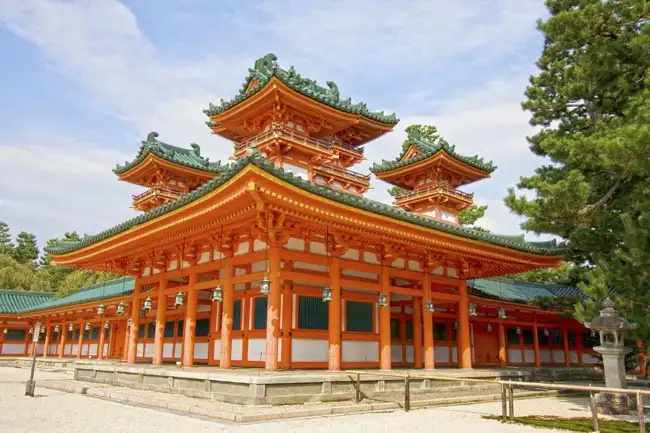
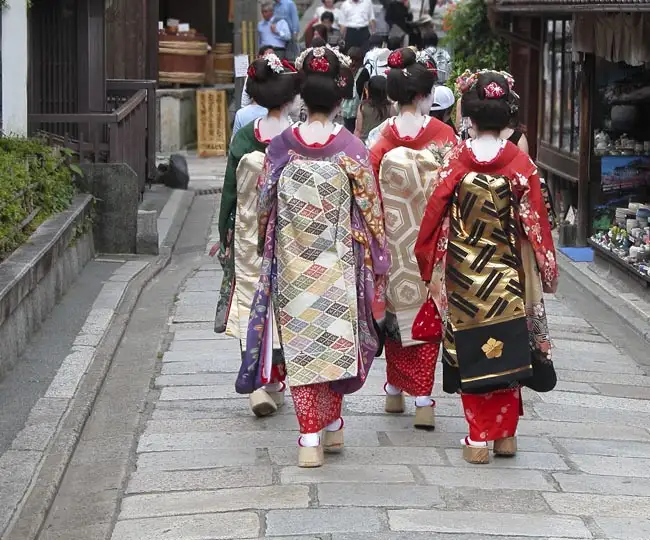
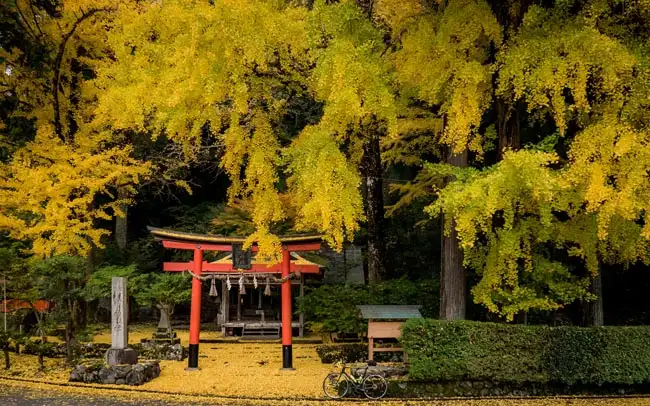
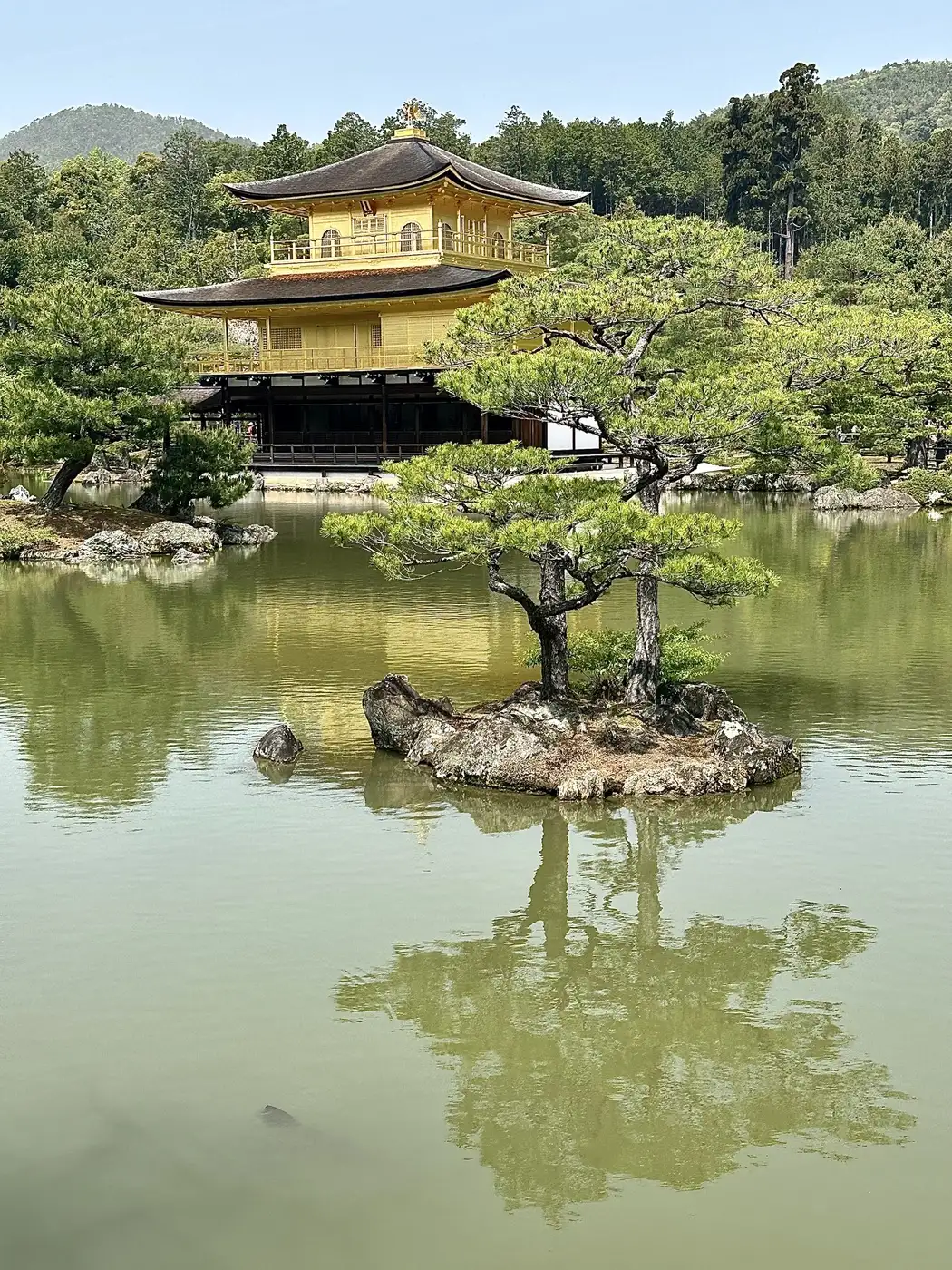
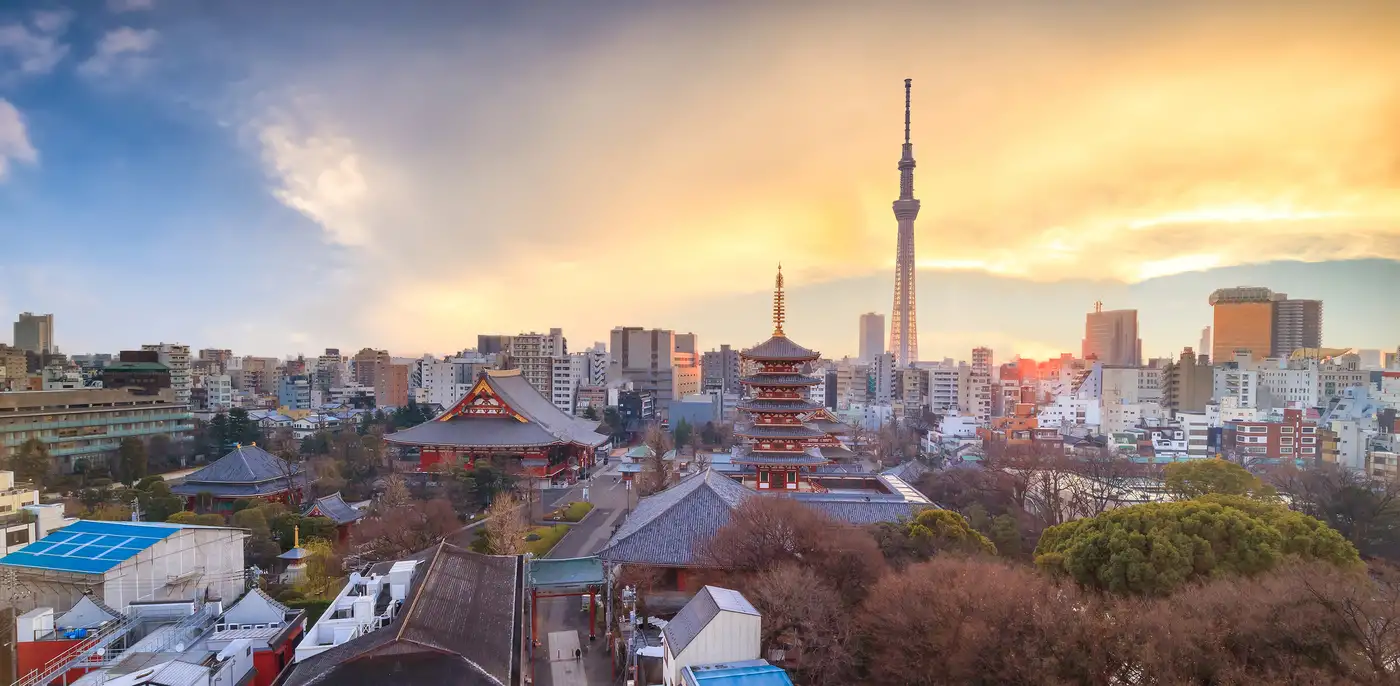

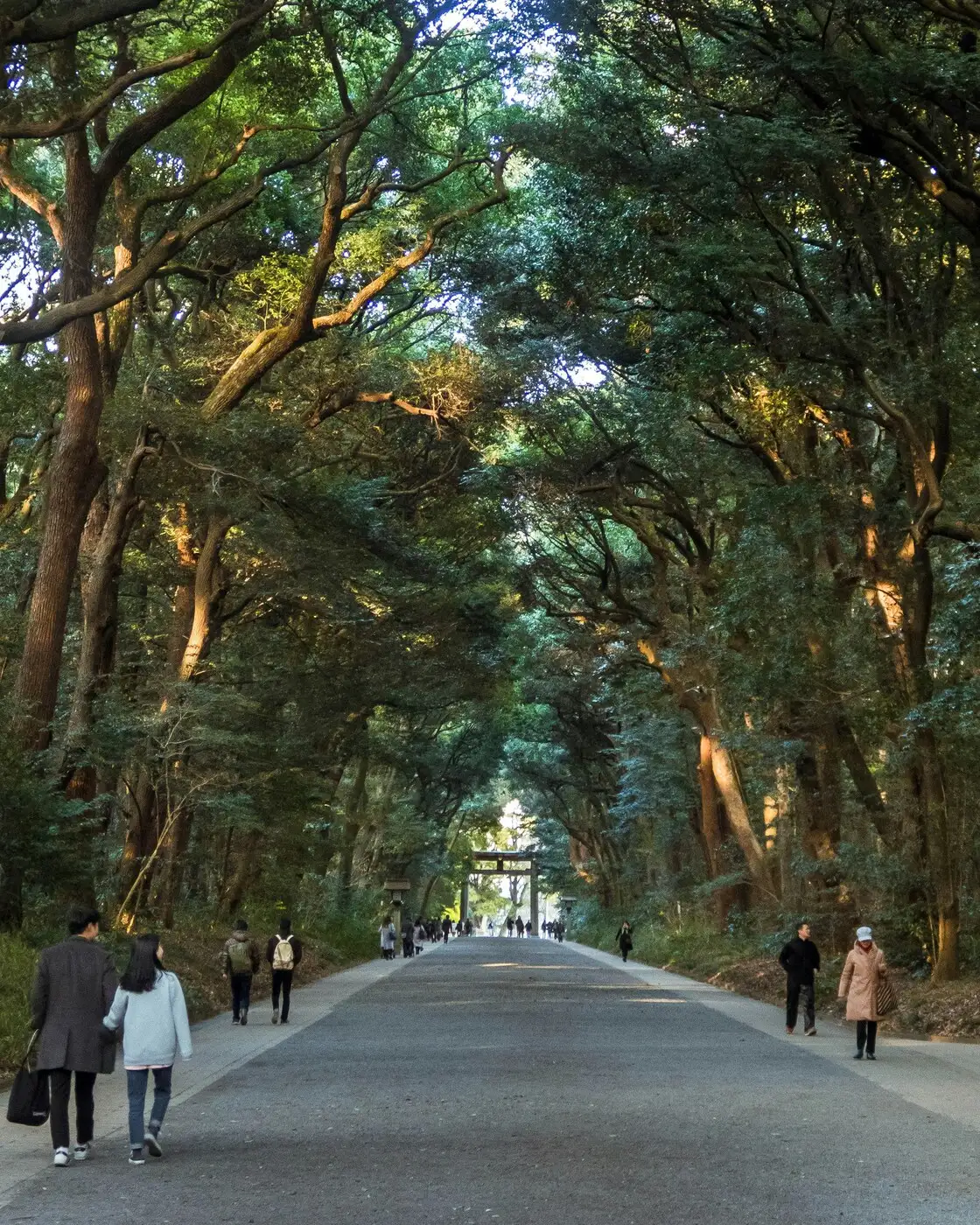
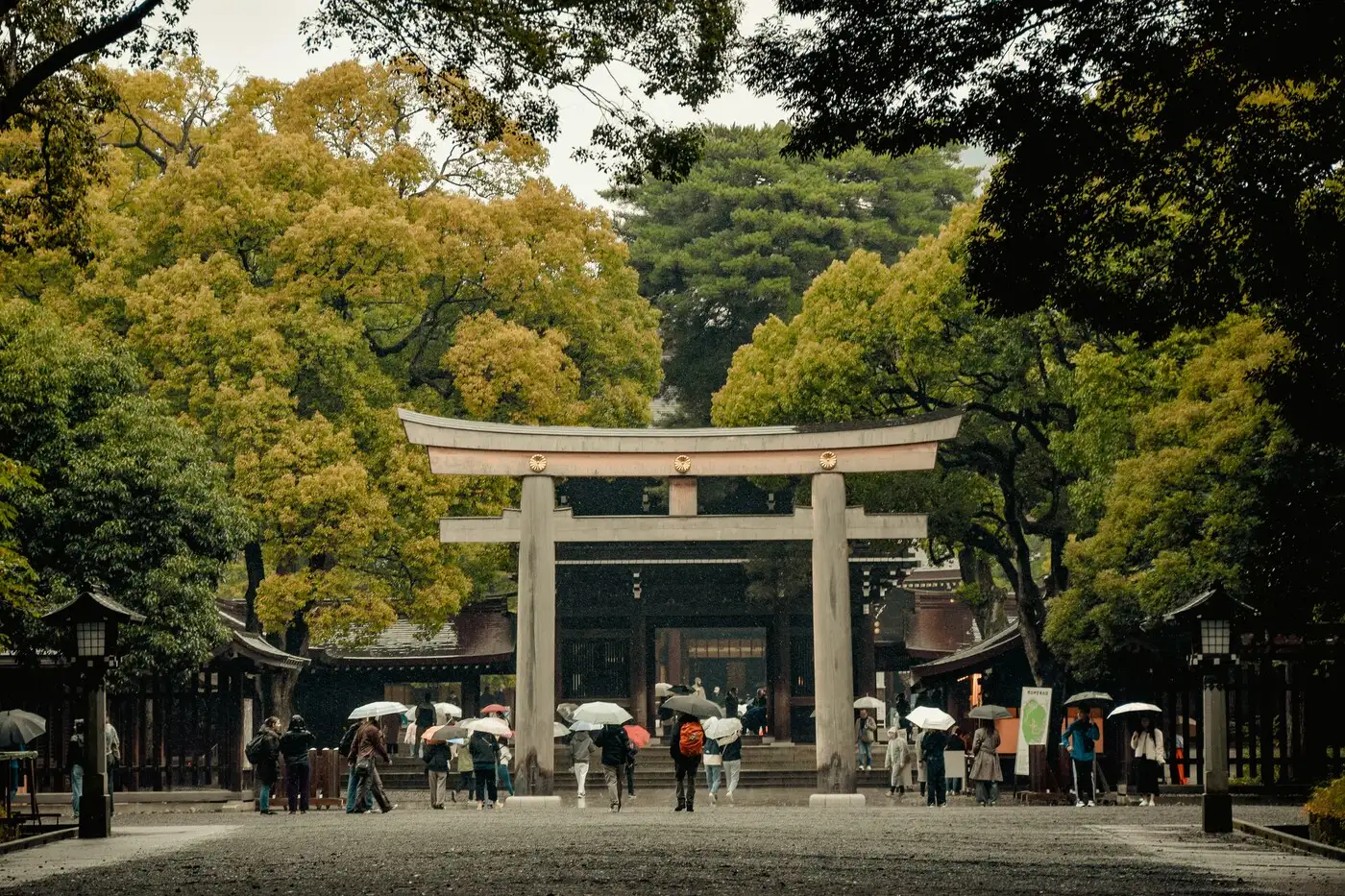
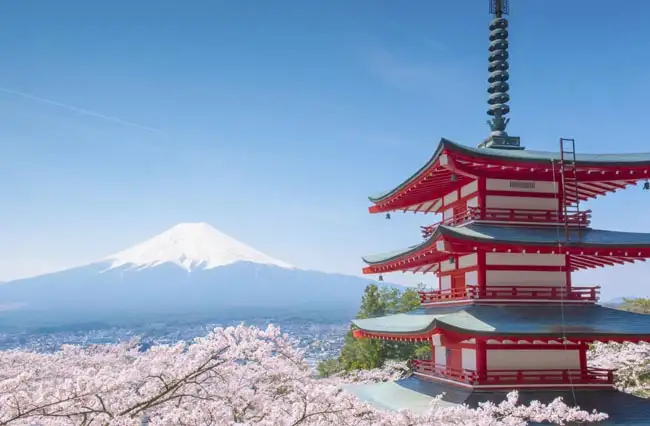
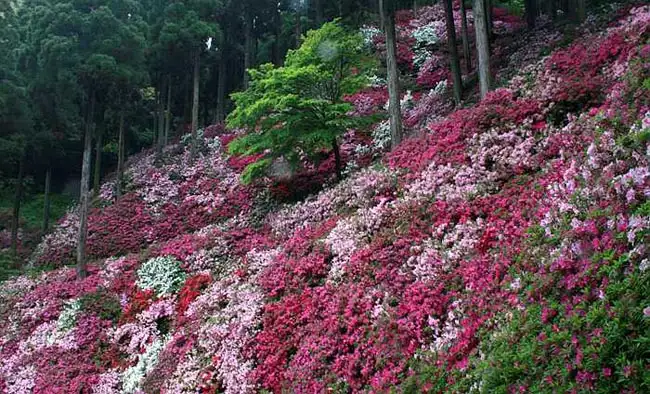
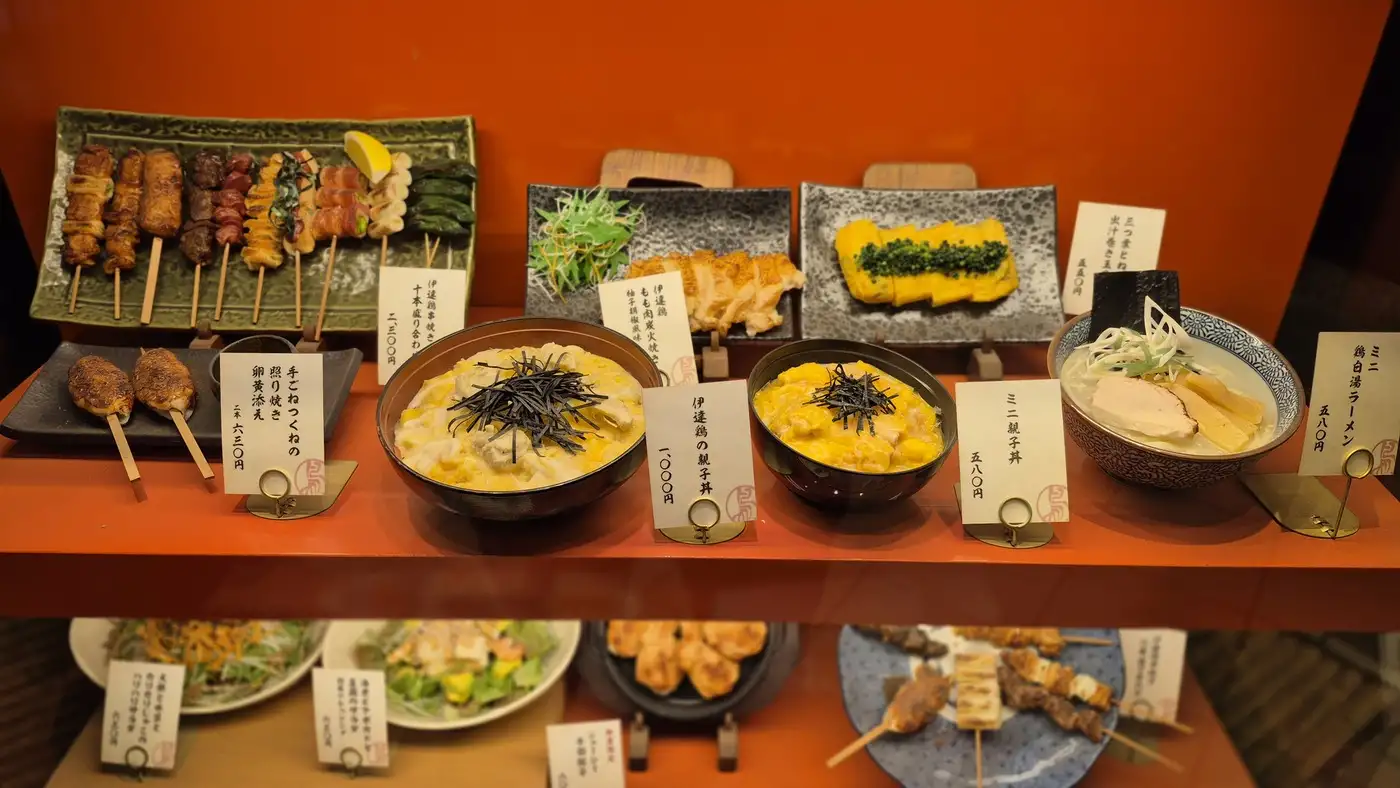
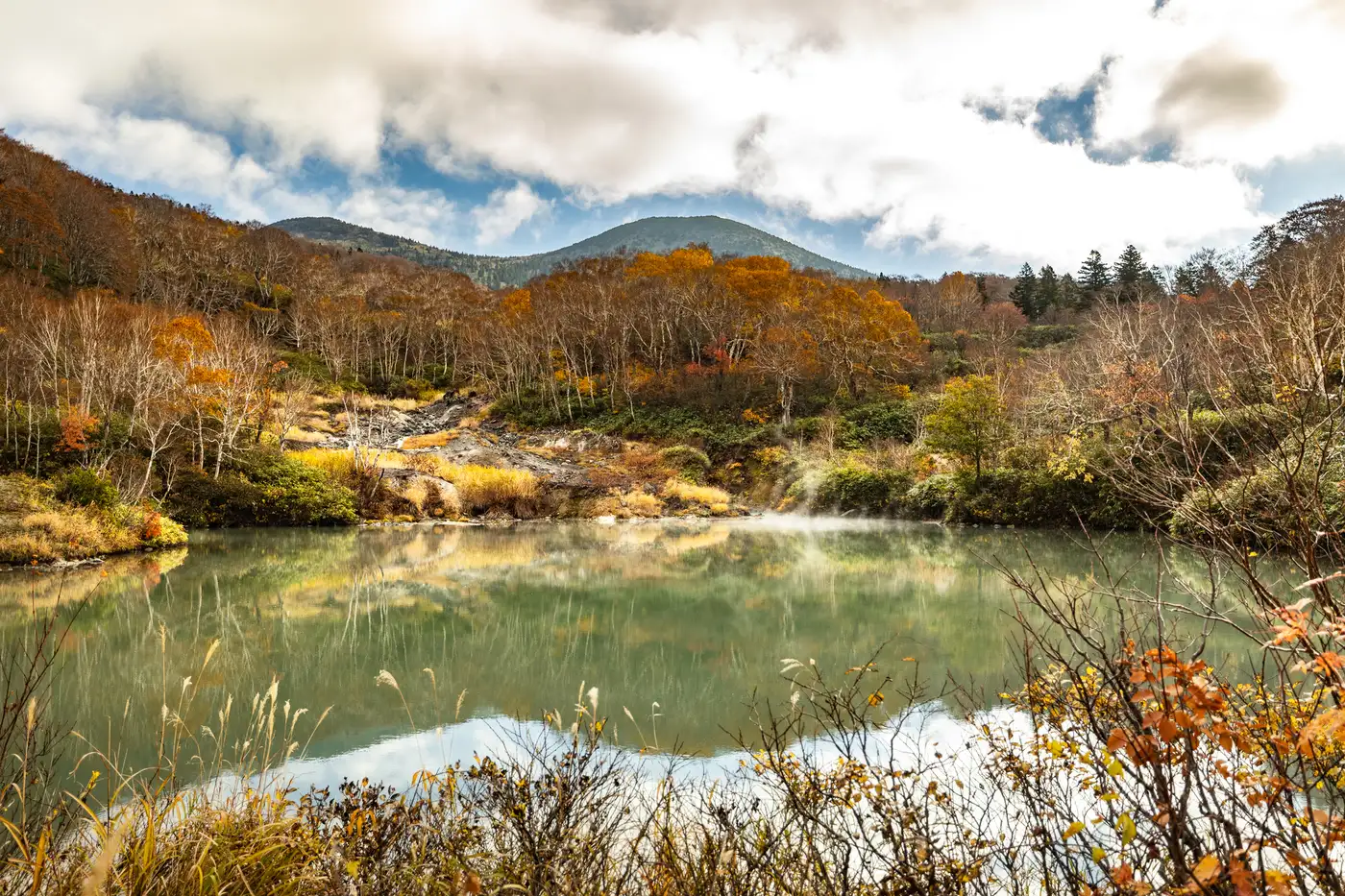
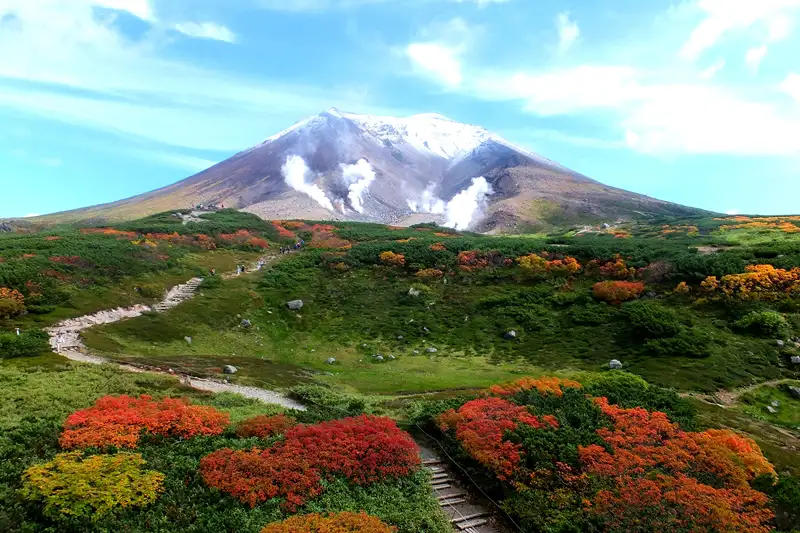
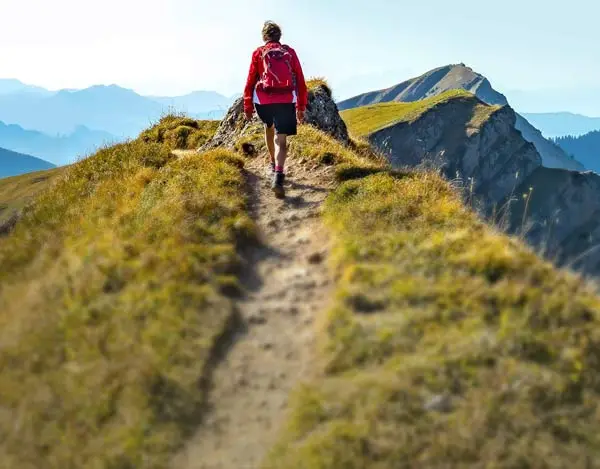
Book This Tour
- Final payment: Due 90 days prior to departure.
- Deposit: A non-refundable $500 USD Deposit is required at booking.
- Optional Single Supplement: $1160 USD (number of singles limited).
(View options forsingle travellers) - Transfering Tour or Date: Transferring to another tour or tour date is only permissible outside of 120 days prior to departure and is subject to a $100 USD change fee.
(Read our cancellation policy) - PLEASE NOTE that, due to logistical challenges and high costs in Japan, we offer customization services only for groups of minimum 10 participants plus a mandatory tour leader.
Prices below are per person, twin-sharing costs in US Dollars (USD). Pricing does not include airfare to/from the tour and any applicable taxes.
Tourcode: JP1
Frequently Asked Questions
- What is the maximum number of participants on a trip?Most of our tours carry a maximum of 18 participants; some tours (ie hiking tours) top out at 16. In the event that we do not achieve our minimum complement by our 90-day deadline, we may offer group members the option of paying a "small-group surcharge" as an alternative to cancellation. If all group members agree, we will confirm the trip at existing numbers; this surcharge is refundable in the event that we ultimately achieve our regular minimum. If the small group surcharge is not accepted, we will offer a refund of your deposit or a different trip of your choice.
- Can I extend my tour either at the beginning or end? What about stopovers?Yes, you can extend your tour either at the beginning or the end and we can book accommodation in our tour hotel. Stopovers are often permitted, depending on air routing. Stopovers usually carry a "stopover" fee levied by the airline.
- How do I make a reservation? How and when do I pay?The easiest way to make a reservation is via our website; during office hours, you are also more than welcome to contact us by telephone.
A non-refundable deposit is payable at the time of booking; if a reservation is made within 90 days, full payment is required. Some trips require a larger deposit. If international airline bookings require a non-refundable payment in order to secure space or the lowest available fare, we will require an increase in deposit equal to the cost of the ticket(s).
Early enrolment is always encouraged as group size is limited and some trips require greater preparation time.
Once we have received your deposit, we will confirm your space and send you a confirmation package containing your trip itinerary, any visa/travel permit related documents, invoice, clothing and equipment recommendations, general information on your destination(s), and forms for you to complete, sign and return to us. Your air e-tickets (if applicable), final hotel list, final trip itinerary, and instructions on how to join your tour, will be sent approximately 2-3 weeks prior to departure. - What about cancellations, refunds, and transfers?Please review our cancellation policy page for details.
- I am a single who prefers my own room. What is a single supplement?All of our tours have a single supplement for those who want to be guaranteed their own room at each location.
This supplement is a reflection of the fact that most hotels around the world do not discount the regular twin-share rate for a room by 50% for only one person occupying a room. Most hotels will give a break on the price, but usually in the range of 25-30% of the twin-share rate. This difference, multiplied by each night, amounts to the single supplement.
The conventional amount can also vary from country to country and some destinations are more expensive than others for single occupancy. In order to be "single friendly," the supplements we apply are not a profit centre for us and we do our best to keep them as reasonable as possible.
On most tours we limit the number of singles available, not to be punitive, but rather because many hotels allow for only a limited number of singles; some smaller hotels at remote locations also have a limited number of single rooms available.
Please note that most single rooms around the world are smaller than twin-share rooms and will likely have only one bed. - Do you have a shared accommodation program?Yes! If you are single traveller and are willing to share, we will do our best to pair you with a same-gender roommate. Please note that should we fail to pair you, we will absorb the single supplement fee and you will default to a single room at no extra charge.
